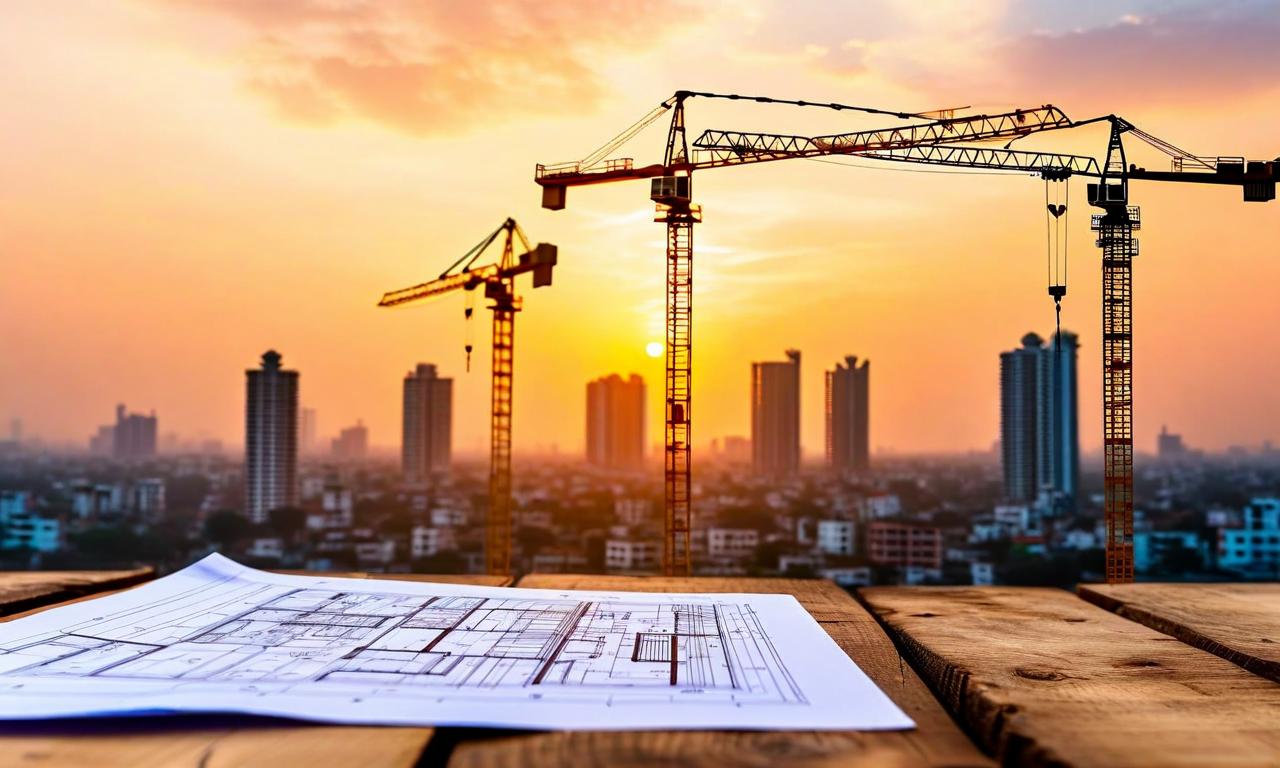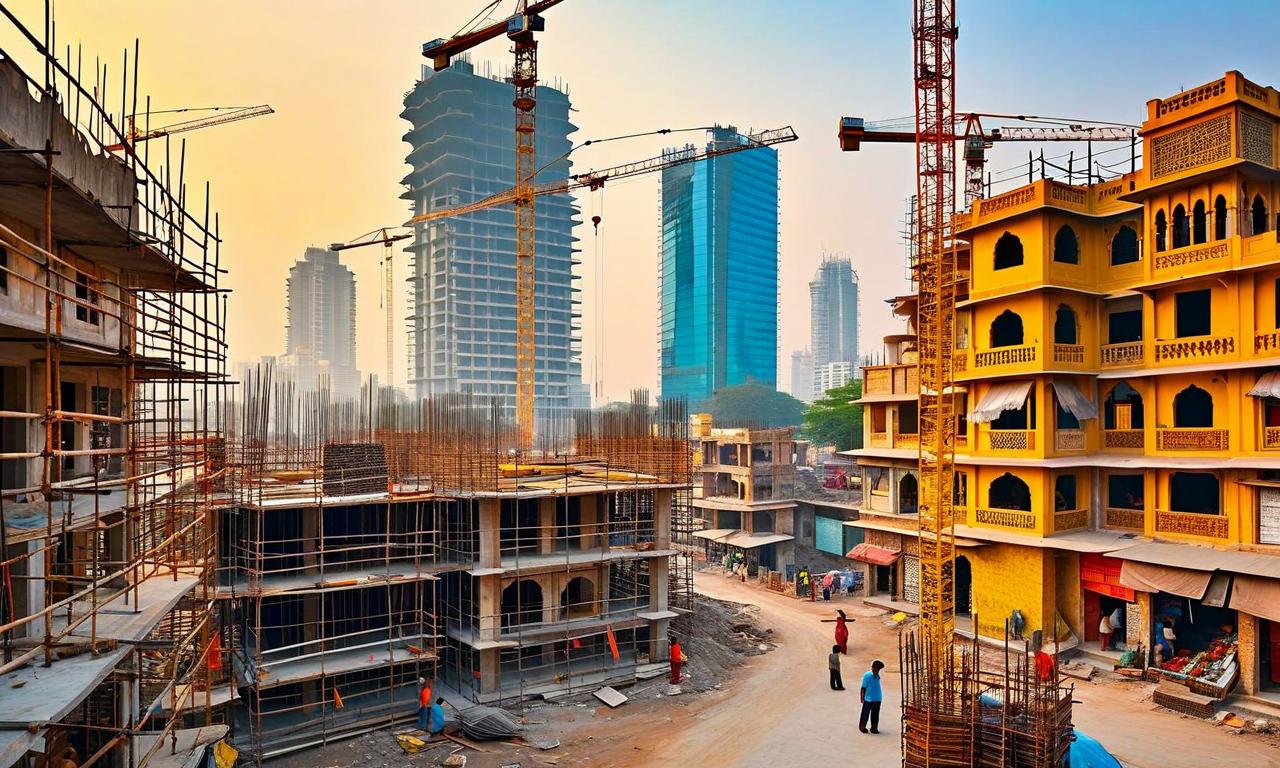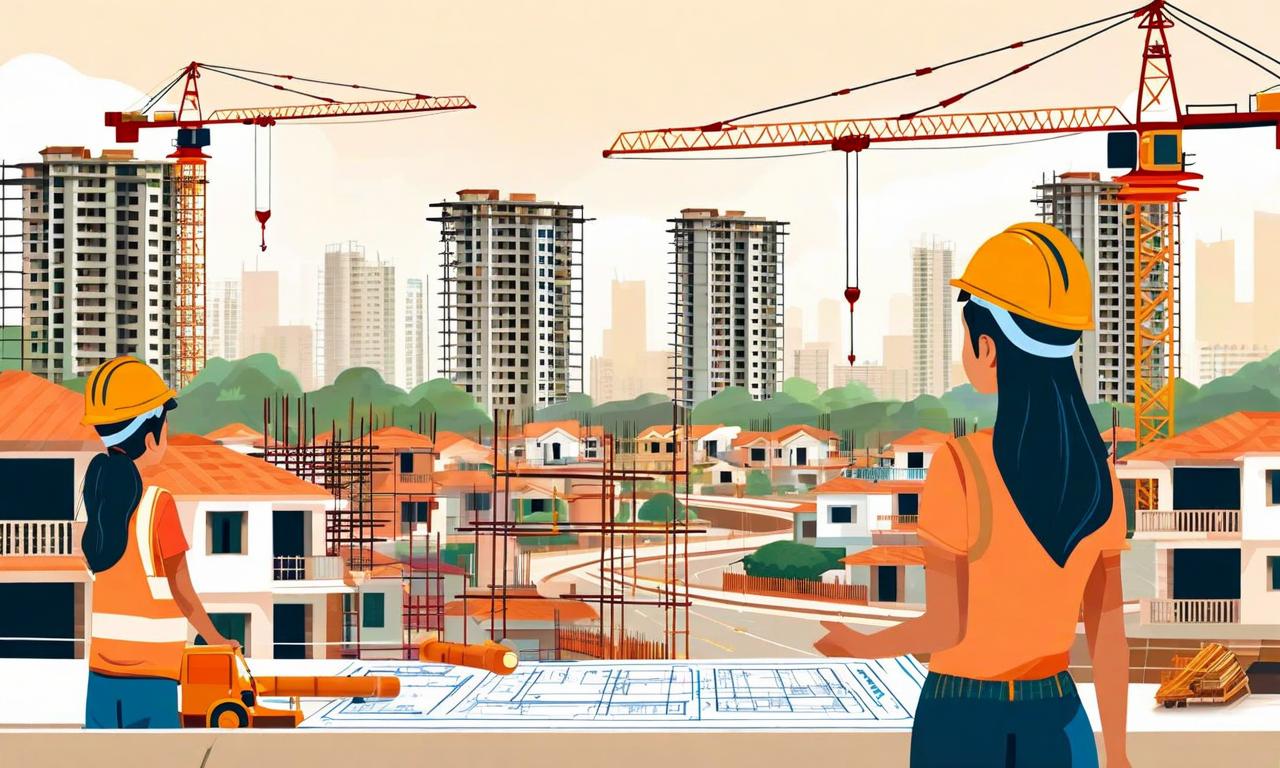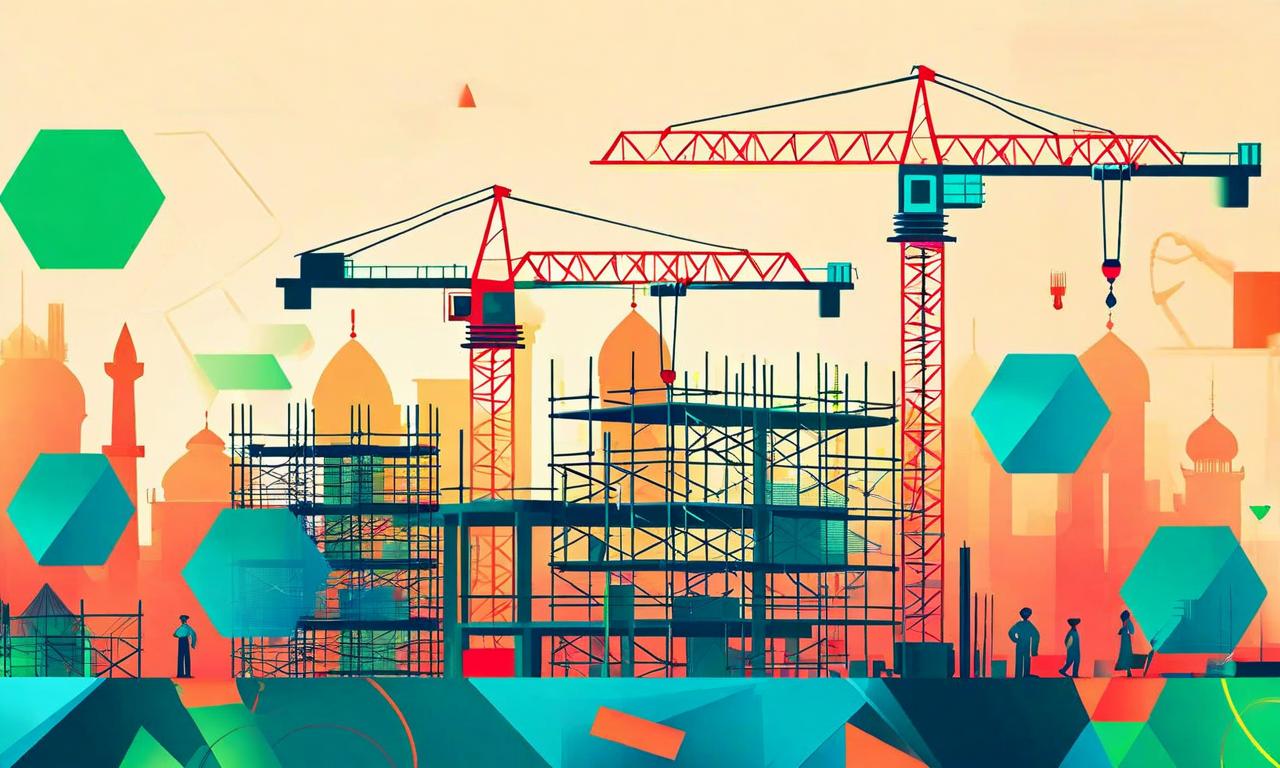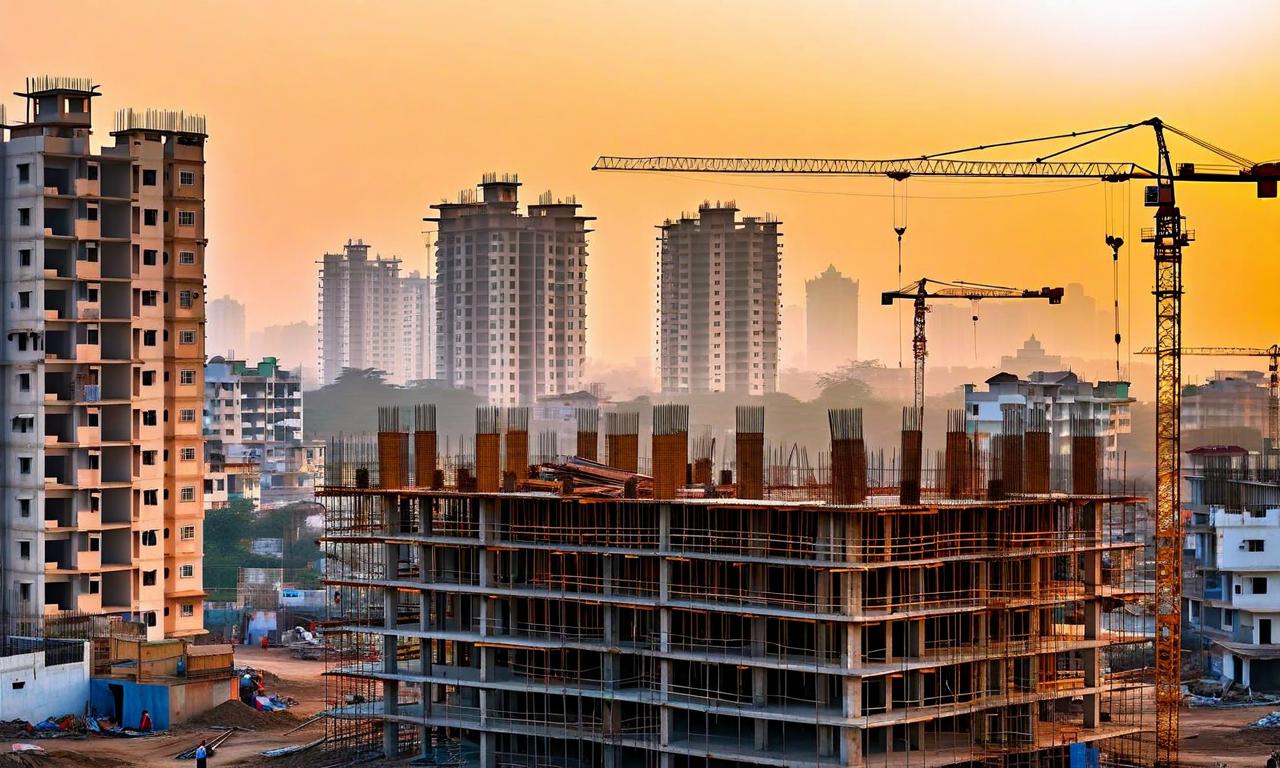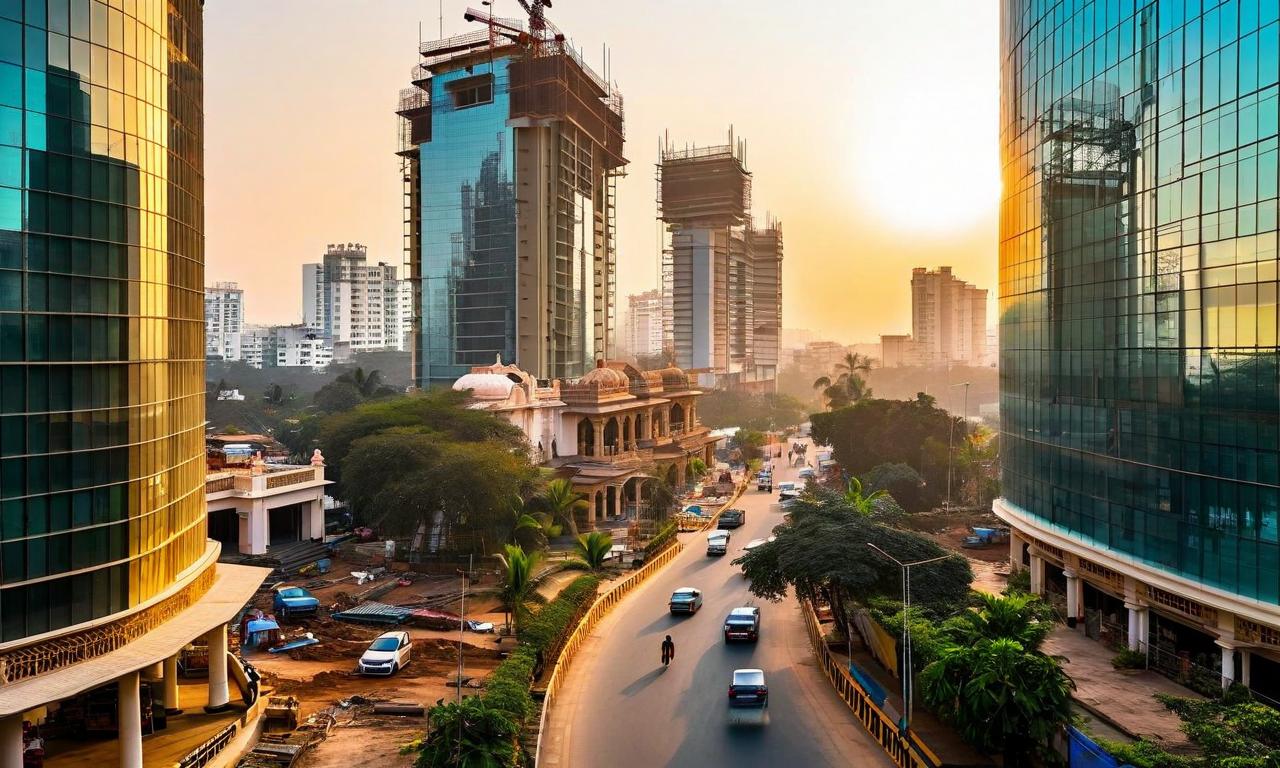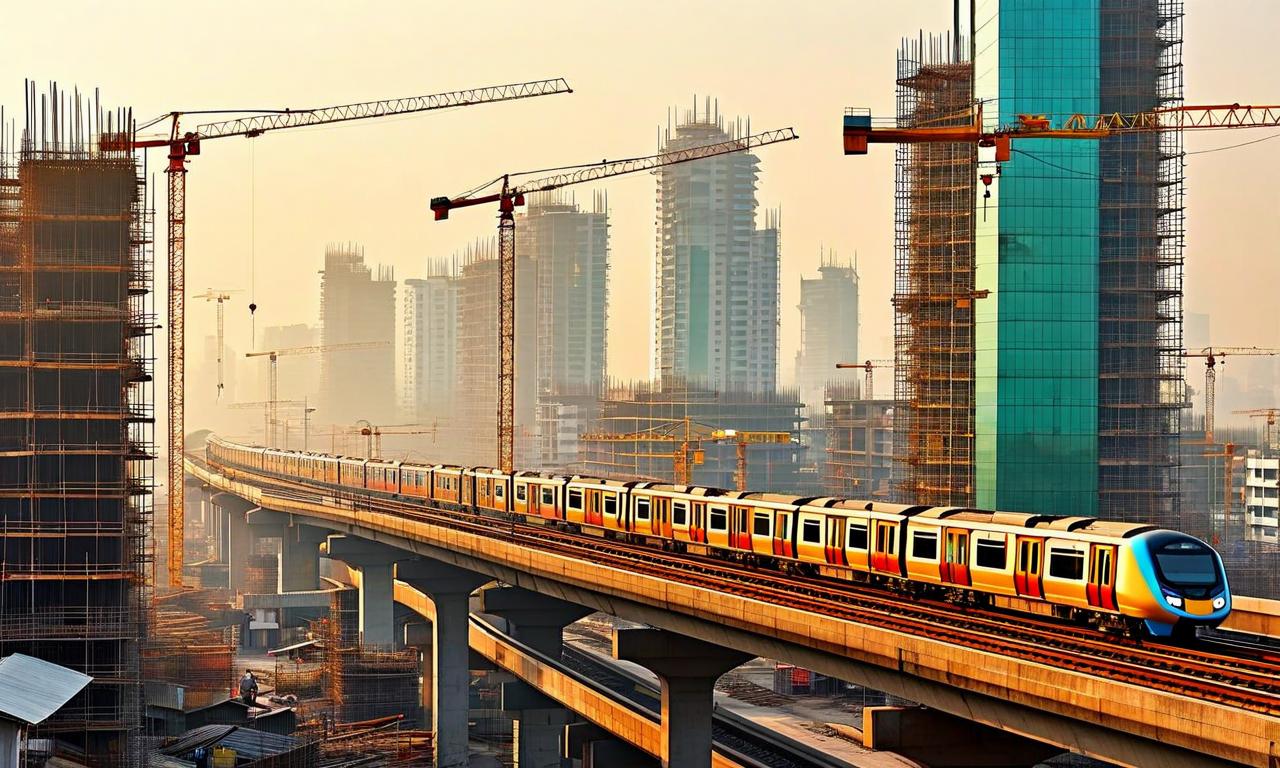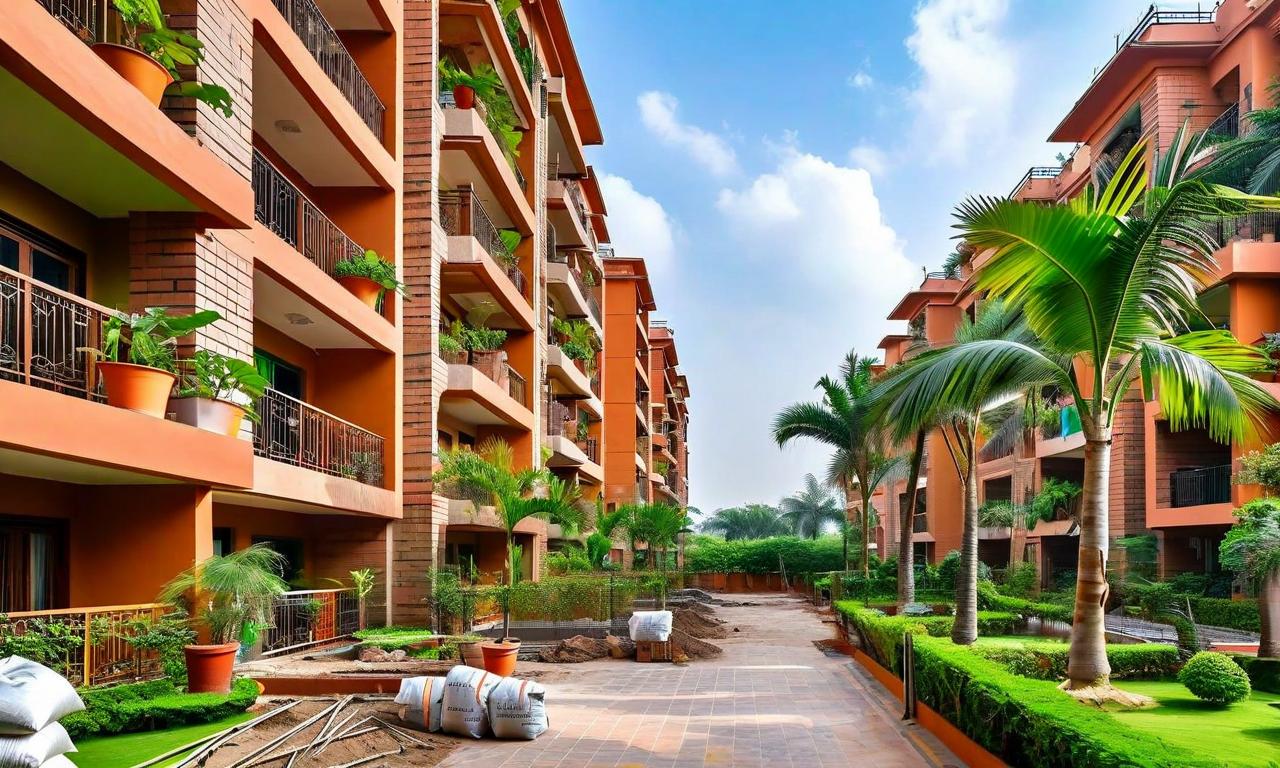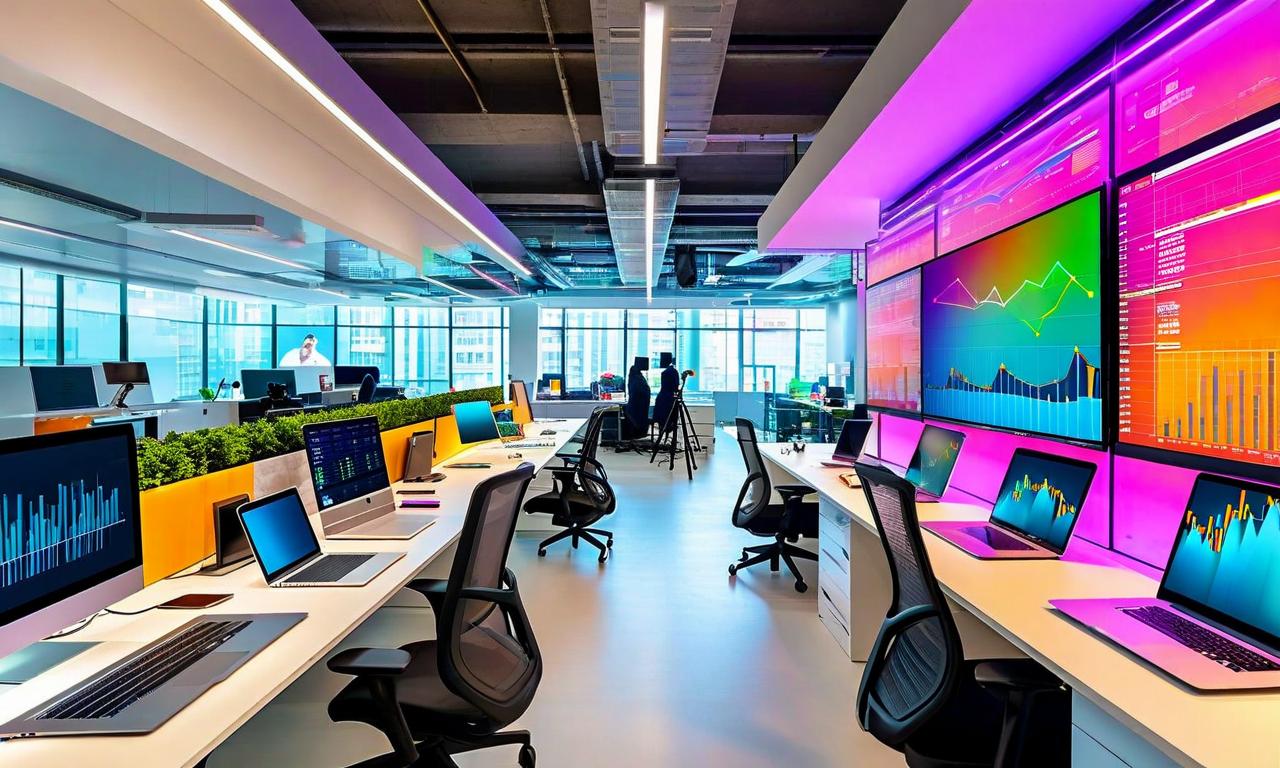Foreign-Domestic Co-Investment Surge Reshapes Indian Real Estate Landscape
In Q3 2023, foreign-domestic co-investments in Indian real estate soared to $726.58 million, a 6.6-fold increase year-over-year. Total institutional investments rose 83% to $1.76 billion, with commercial assets driving growth. The investment landscape shifted significantly: foreign investment share dropped to 8% from 45%, domestic investment increased to 51% from 43%, and co-investment share rose to 41% from 15%. Commercial asset investments surged to $1.4 billion from $684.47 million, highlighting strong demand for office and retail spaces.
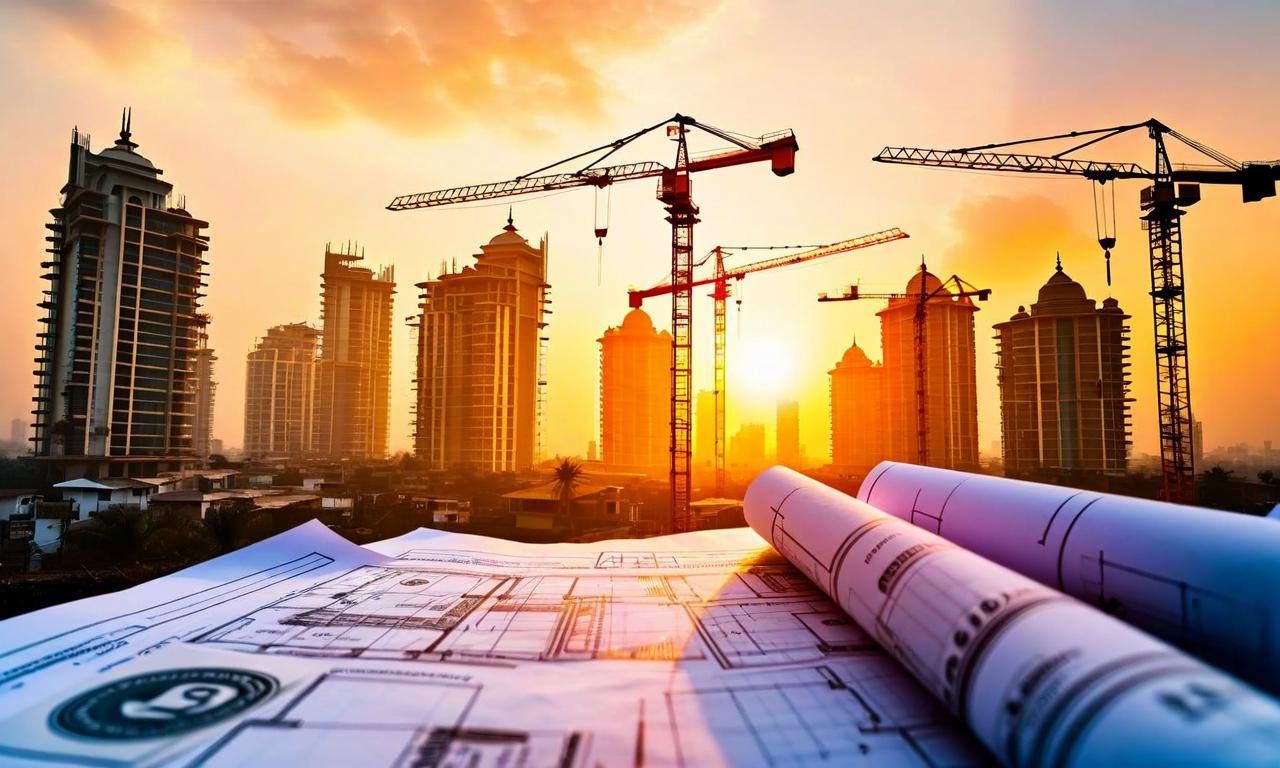
*this image is generated using AI for illustrative purposes only.
The Indian real estate sector has witnessed a significant shift in investment patterns, with foreign-domestic co-investments taking center stage in the July-September quarter. This trend highlights the growing confidence in India's real estate market and the increasing collaboration between international and domestic players.
Key Highlights
- Co-investments between foreign and domestic players skyrocketed to $726.58 million, a 6.6-fold increase from the previous year.
- Total institutional investments in Indian real estate rose by 83% to $1.76 billion.
- Commercial assets emerged as the primary driver of growth.
Investment Breakdown
| Investment Type | July-September 2023 | July-September 2022 | Change |
|---|---|---|---|
| Co-investment | $726.58 M | $109.76 M | +562% |
| Direct Foreign | $140.69 M | $436.47 M | -68% |
| Domestic | $892.22 M | $414.55 M | +115% |
| Total | $1.76 B | $960.78 M | +83% |
Shifting Investment Landscape
The real estate investment landscape in India has undergone a notable transformation:
- Foreign investment share dropped to 8% from 45% year-on-year.
- Domestic investment share increased to 51% from 43%.
- Co-investment share rose significantly to 41% from 15% in the previous quarter.
Commercial Real Estate Boom
Commercial assets emerged as the star performer in the real estate sector:
- Investments in commercial assets surged to $1.4 billion from $684.47 million.
- This growth underscores the robust demand for office spaces and retail properties in India.
Expert Insight
Shrinivas Rao, CEO of Vestian, attributes this surge to two key factors:
- Strong sector resilience amid global economic headwinds
- Growing domestic investor confidence in India's growth story
Conclusion
The substantial increase in co-investments between foreign and domestic players signifies a new era of collaboration in the Indian real estate market. This trend not only brings in capital but also combines local market knowledge with global expertise, potentially leading to more innovative and sustainable real estate developments.
As the Indian real estate sector continues to evolve, the rise in domestic investments and the surge in co-investments paint a picture of a maturing market. This shift could lead to more stable, long-term growth in the sector, benefiting both investors and the overall economy.
Investors and industry watchers should keep a close eye on how this trend develops in the coming quarters, as it may significantly influence the future trajectory of India's real estate market.
